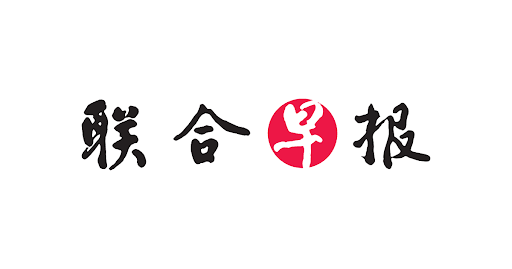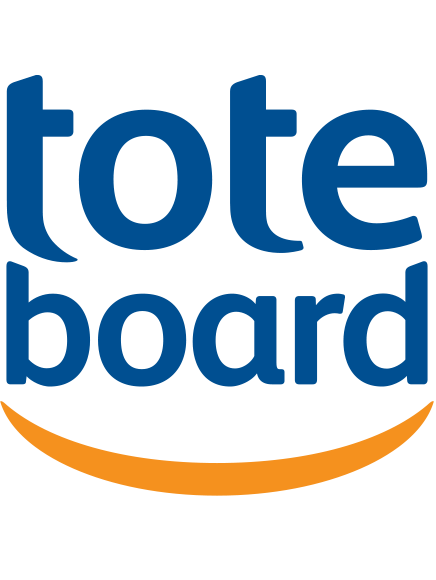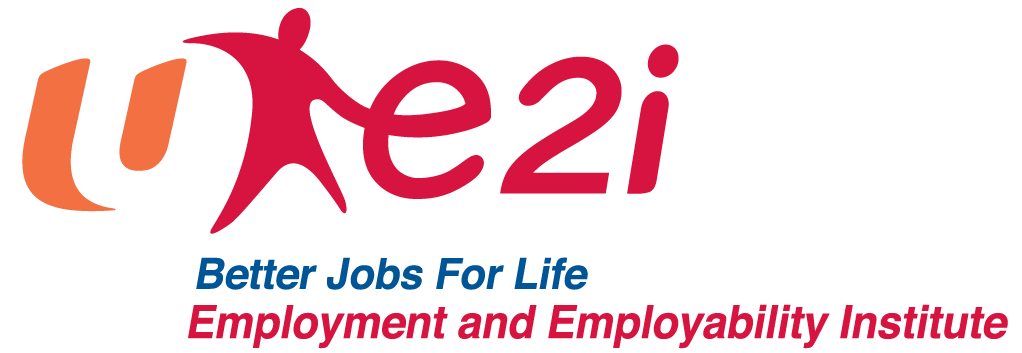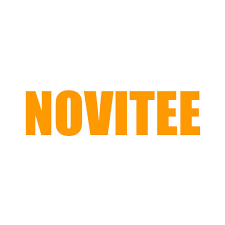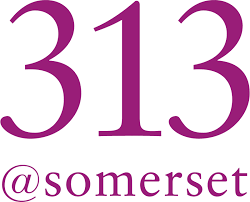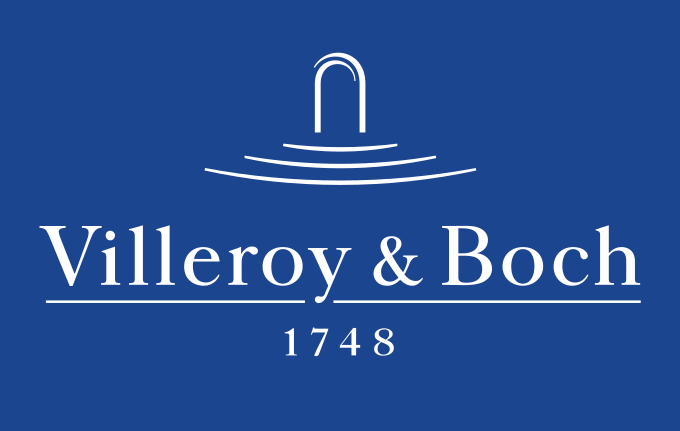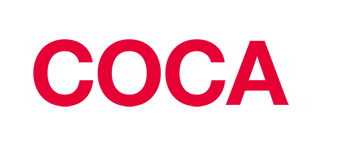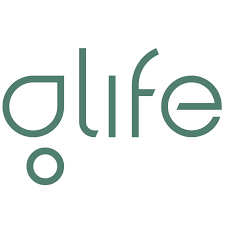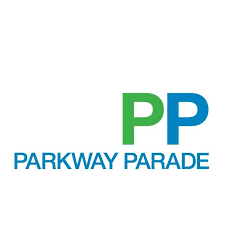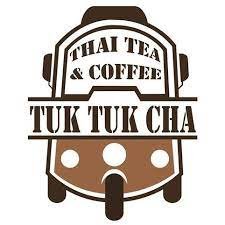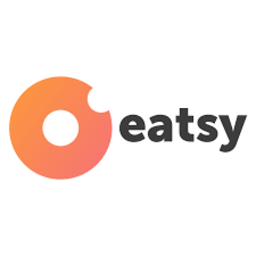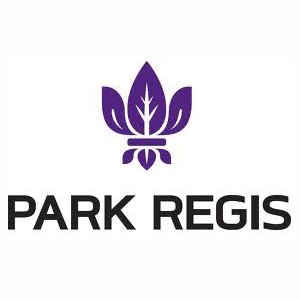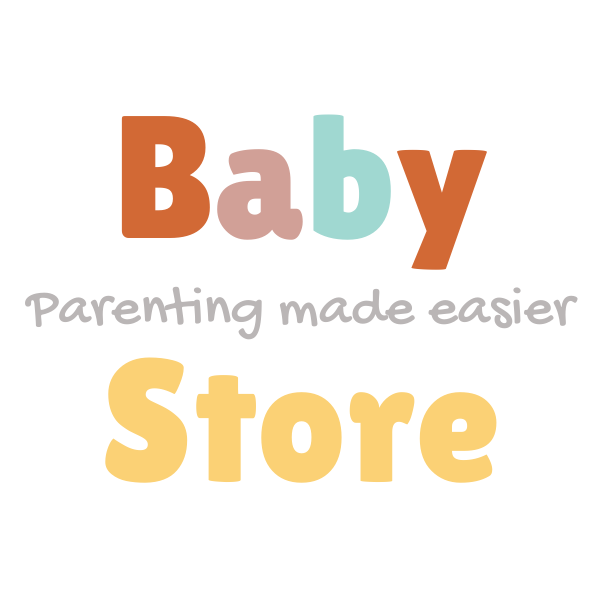When in doubt, Google it.
oes that sound familiar to you? "Googling it" has become a muscle reflex for us. When we're unfamiliar with a product or a brand, we Google it to find out more. When we're feeling tentative about a decision, we Google it to see user reviews to guide or validate our choice. In just July 2015 alone, there were 17.7 billion searches in the US. To put things in perspective, US has a population of 321.2 million. That estimates to 55 searches per month per person.
As brands, having our voice on these search results pages is undeniably important. Companies are committing up to 14% of their marketing budgets on search engine marketing. The financial commitment might be there but are we doing it right? Are we delivering the "results" that our audiences want to see? I did a quick search on gym membership reviews as I've been trying to decide which gym to sign up for since early September.
one of these paid ads were the results I wanted. I decided to try again with this Shiseido shampoo and Physiogel soap that I'm intending to buy soon.
Again, the results were far from what I wanted. The first ad was for a scalp treatment session instead of the Shiseido shampoo I was searching for. The Physiogel paid ads were worse. Both the Guardian and Gmarket ads were showing generic skin care and soap results that didn't even contain Physiogel. Upon clicking through, there wasn't even a sign of the product. How can brands rectify this issue then? We need a change in mentality and processes.
Mentality
The examples above are (blatant) search ads, not search results. However, many brands are comfortable with their brands or products just being out there. They see paid search as placing ads on search engines rather than placing their content first to answer their audiences' search queries. Is this an effective approach though? When people search for information, they want search results that directly answers their question, not generic ad copies that they will either ignore or even get frustrated with. Don't you get frustrated when you search for something and nothing but irrelevant results come up? Don't let your brand be one of those frustrating irrelevant search results. Not only does this result in budget wastage, it might even frustrate your audience. To resolve this, there needs to be a fundamental shift for brands to aim to answer their audience's search queries rather than to place their ads on search engines.
Customer-driven, not process-driven.
The reason why paid search ads are increasingly becoming irrelevant despite targeting parameters becoming increasingly accurate is that paid search has become a such process-driven practice that we sometimes follow through the motions and do not question the relevance of what we are doing. A very simplified standard process for a page of content is shown below:
- Keyword Planning: Research for the keywords relevant to your content. Select those that have the highest search volumes and place them into an ad group
- Copy Writing: Develop a generic brand or product copy for this ad group
- Campaign Set-up: Set up / add to your campaign - Bids, budgets, targeting, etc
What is missing here throughout this process is the customer. We have become process-driven, but not customer-driven. Here are 3 steps to do do.
1. Examine intent:
Examine our audience's intent and motivation for searching for these keywords and structure copies that respond to them. Let's take a HR consultancy example below:
There are two customers, Jack is searching for "HR best practices" and Jill for "Talent retention solutions". Both of them might be considering HR consultancy services, but they have a different intent and motivation. Jack is likely to be positively motivated. He looks like he is looking for inspirations to improve his HR work. There might not be an underlying HR issue here. Jill on the other hand seems negatively motivated. She is looking for a solution, which implies that she might have an issue - in this case, a HR retention issue.
Based on their search intent and motivation, we can structure different ad copies for them. For Jack, I would structure something that responds to his positive motivation to improve: "HR is a strategic function. Hear our 5 tips on how you can make yours better". For Jill, I would respond to her negative motivation with: "Talent attrition can be damaging. Hear our 5 tips on how you can resolve this". Ultimately, both of this can link to the same content piece on employee satisfaction and motivation.
2. Segment your audiences:
Of course, Jack and Jill can be seen as your different customer segments. Doing this to an individual level will be difficult to scale. You also notice that I used the words "seems" and "might" as these are just hypotheses I made.
The trick is then adapt your keyword researching process to: (1) Research relevant key words, (2) Cluster and segment them (into different ad groups), (3) Hypothesize each segment's intent and motivation, and (4) Develop copies that directly responds to each segment even if they lead to the same website page.
3. Deliver value to our audiences:
As a brand, we then need to examine if we're able to deliver value to all these segments. For each segment, are we able to answer their search queries both with our ad copy and our content? If not, we should consider excluding these keywords. For each segment, we have to ensure that we are able to deliver some form of value (e.g. giving an answer to their query, providing a solution to their problem, inspiring them, etc.). This makes each touch point meaningful.
The new customer-driven process will then be:
- Keyword Planning: Research for the keywords relevant to your content. Segment these keywords into different ad groups and guess each segment's intent and motivation
- Copy Writing: Develop a copy that responds to each segment / ad group's intent and motivation. If we are unable to meet their needs, remove the ad group.
- Campaign Set-up: Set up / add to your campaign - Bids, budgets, targeting, etc
This achieves hyper-relevance at each touch point for brands. Also, by focusing on only touch points where we can deliver value, this makes our budgets and campaign more lean and focused.
To all brands out there, let's provide search results, not search ads. There world out there is cluttered enough, let's not clutter it further.
Written by Benedict Yeo











